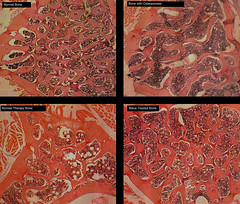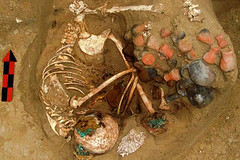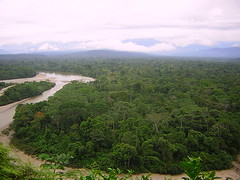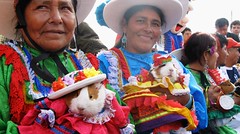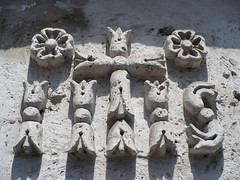Machu Picchu
Machu Picchu means “old peak” in the Inca language of Quechua, as Huayna Picchu the thin point mountain at the other side of the ruins means “young peak”. These are not Inca names, we don’t know what they called the mountain, nor their city, rather the name was given by a geographer and cartographer working to document the region.
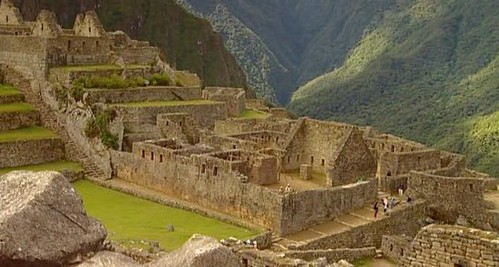
The ruins of the Inca city, at 2,400m above sea level and in the Urubamba valley which descends into the Amazon, was build around 1450 in the time of Emperor Pachacutec. It was abandoned in the time of the Spanish conquest, not because the Spanish found it, but because the Inca empire ceased to exist. It was forgotten and swallowed by the jungle.
Hiram Bingham is credited with “discovering” Machu Picchu in 1911, but he can only fairly be credited for bringing it to the wider worlds attention. When Bingham arrived, local peasants were using the Inca structures – the terraces – to farm on. Bingham didn’t even find the ruins alone, he was entirely led there by locals who he failed to credit in his book, The Lost City of the Incas.
It is now considered to have built this city as a retreat for Pachacutec and the Inca elite, not a fort as the popular media refer to it or a religious sanctuary for the Virgins of the Sun as the “discoverer” of Machu Picchu, Hiram Bingham III, thought.
Tags: hiram bingham, incas, machu picchu, pachacutec, ruins, spaniards



